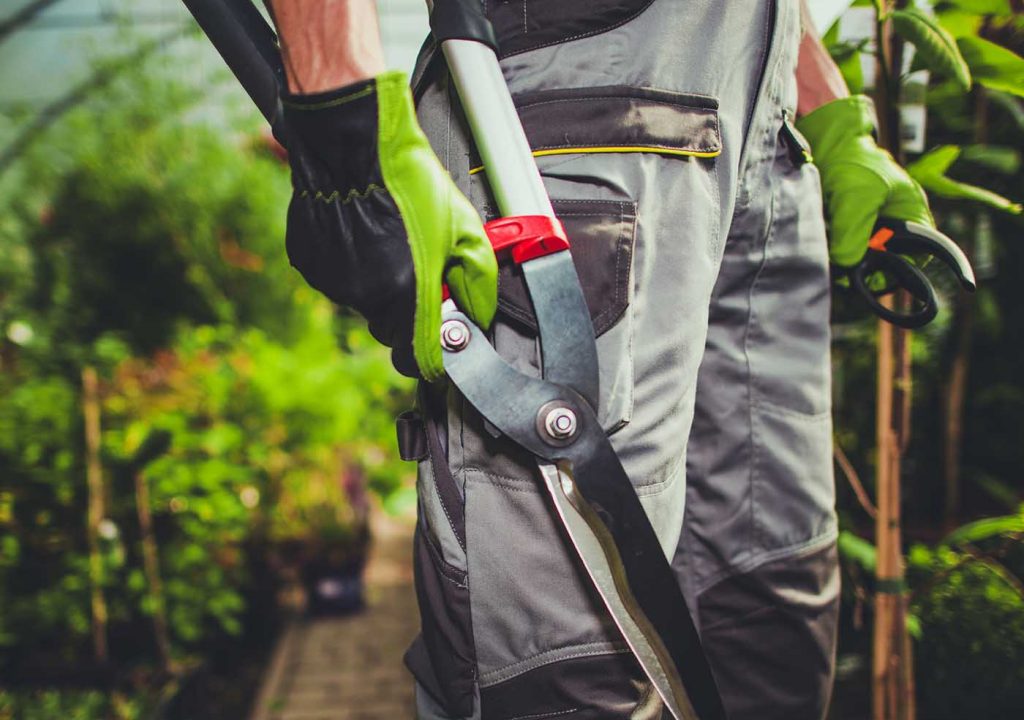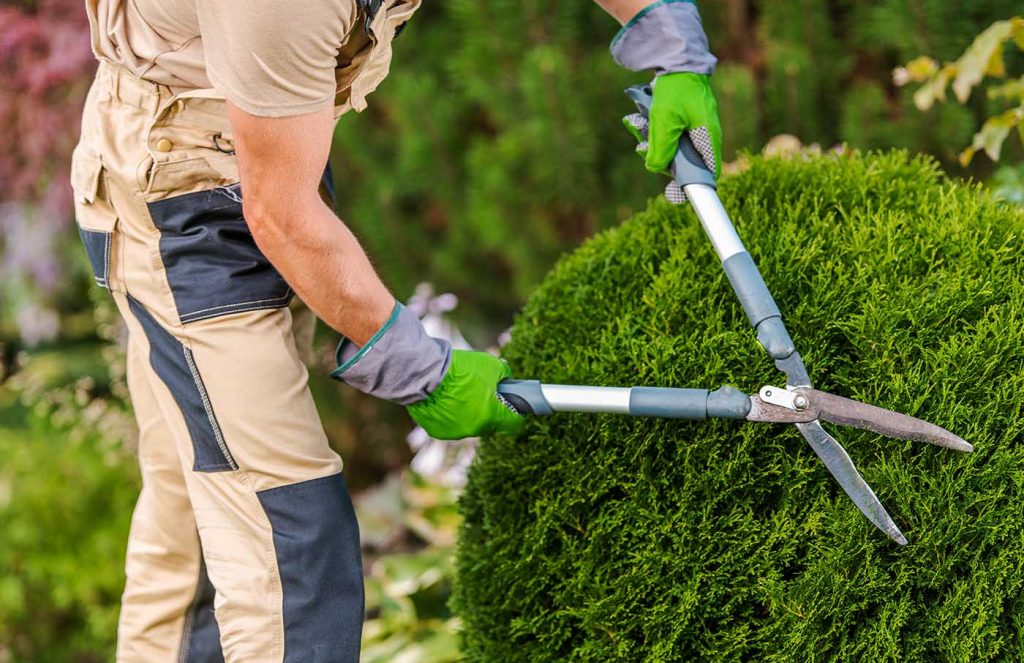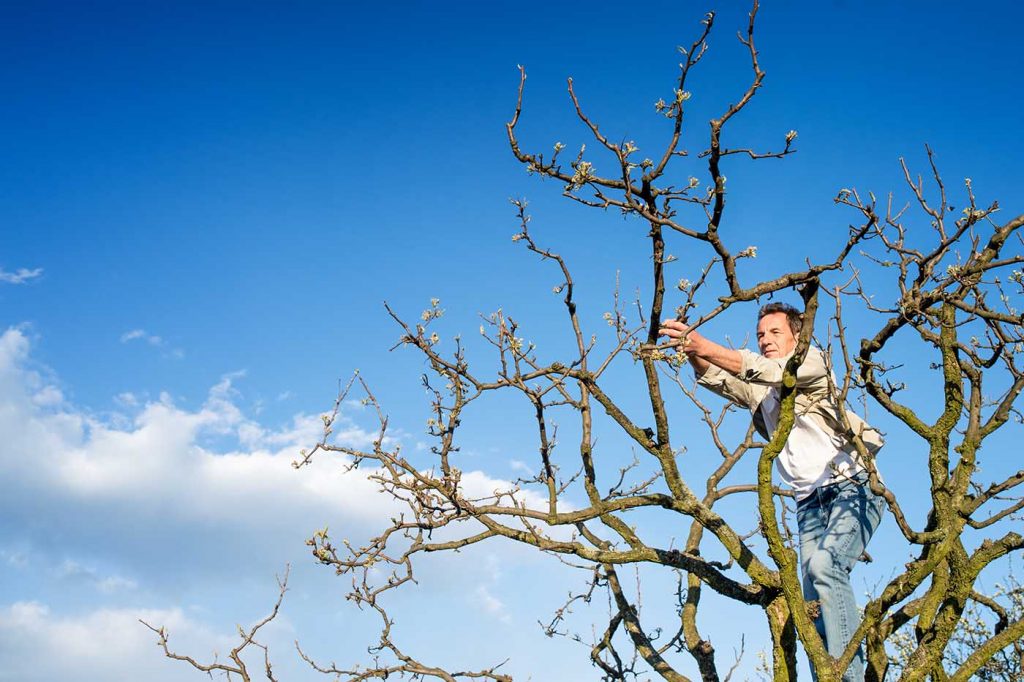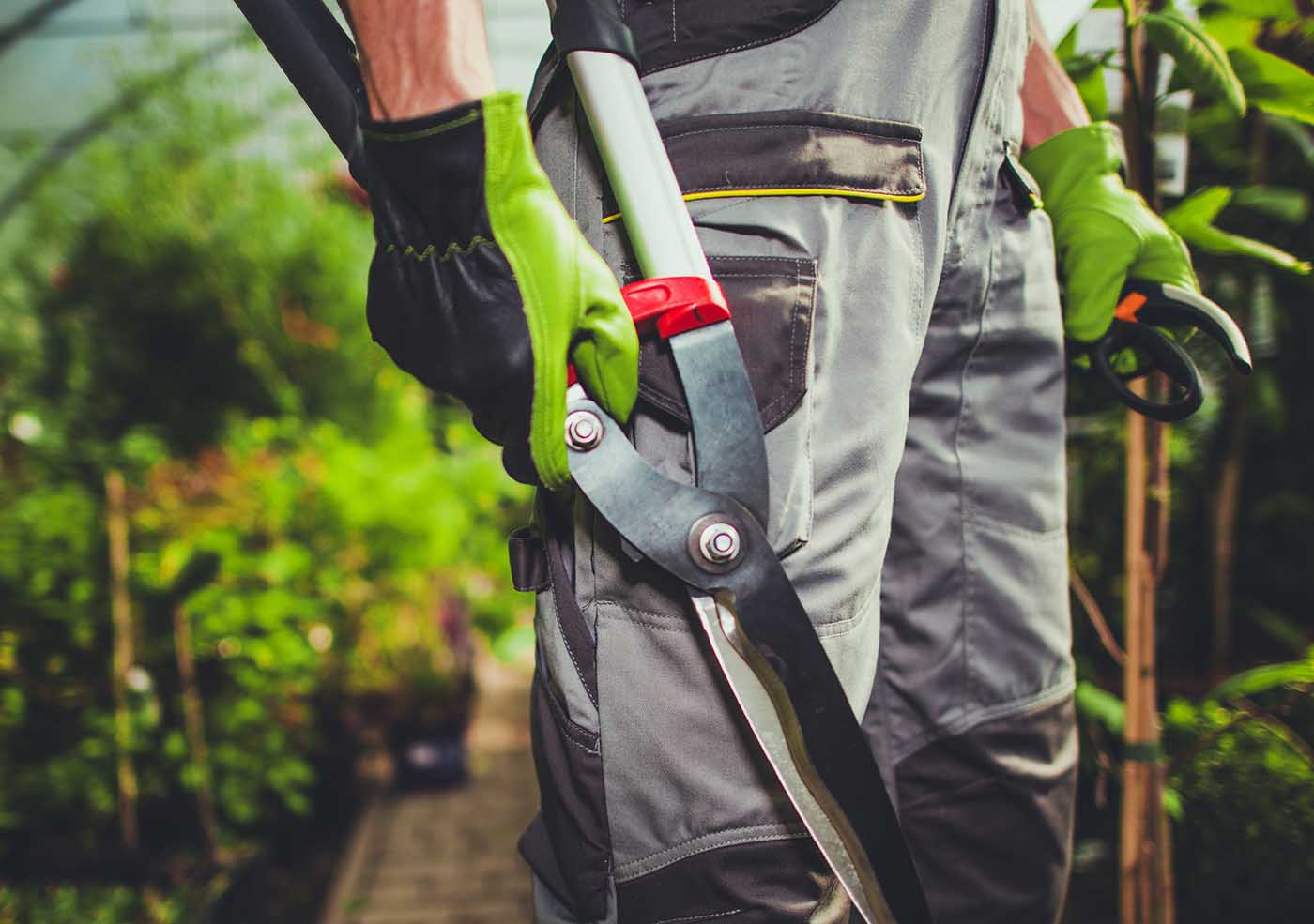Can you kill a tree by pruning? This is a question that is often asked and one that is especially important. Trees are an essential part of our eco-system and contribute wonderfully to the biodiversity of our planet. As we all know, without trees, we’d be long gone and as such, we should afford them the proper care and attention. Which is why pruning is so important. Pruning is an essential part of a tree’s maintenance and can work wonders for both their health and their aesthetic appearance. However, there is a darker side to pruning and one that if neglected, can be incredibly dangerous.

Can Pruning a Tree Kill It?
The short answer is, yes; pruning can indeed kill a tree, but it’s much more complicated than that. The simple act of pruning a tree isn’t deadly, however, if not done properly and with the appropriate care, then the lasting effects can be detrimental to the tree’s long-term health and in some cases, lead to death. This is not an ideal outcome.
The simple fact is that if you are not confident in your pruning abilities, then professional tree pruning services is the answer. In that case, you will never have to worry about your tree’s health as they will be in the absolute best of care.
However, if you would like to prune your trees yourself, then you must endeavour to learn everything you need to know before doing so. If you go in and prune a tree without the proper guidance, then you will likely make some costly mistakes that may result in the long-term decline of your tree, resulting in death. Again, this is not an ideal outcome!
The good news is that there is plenty of information out there detailing precisely what you should and shouldn’t do when it comes to pruning a tree (we will get to some do’s and don’ts shortly).

Why Must You Be So Careful When It Comes to Pruning?
Although an over pruned tree won’t usually die if some of the canopy remains, the damage from over pruning can be rather extensive. Trees that are over pruned end up with fewer foliage which means that there will be less food for the tree, and more room for pests and diseases to find access (if cuts are made incorrectly).
Plants may also sprout excessively in response to extensive canopy loss, both in an attempt to protect the bark of the plant from scalding and to increase food production. If over pruning continues, it may lead to the branches on the tree becoming too weak and unable to tolerate extreme weather conditions. That, and the tree might simply exhaust itself from trying desperately to replenish its canopy. In other words, a tree can indeed die from the results of stress associated with excessive pruning. Be kind to your tree!
Tree Pruning VS Lopping
There is a fine art to pruning a tree, which means that there is a fine line between what is tree pruning, and tree lopping. If you cut away too many of the branches, and indeed cut them back too close to the trunk of the tree, then you will effectively be lopping the tree. This is a common practice that is designed with the aesthetics of a tree in mind and not the long-term health. Perhaps you have a few trees on your property that you are not particularly attached to, which are getting in the way. Rather than having them removed altogether, you might wish to have them lopped back and effectively “cut down to size”; this is not to be confused with pruning.
The art of pruning is not for your benefit (i.e., aesthetic appearance), but for the tree’s. When you prune a tree, you are encouraging strong future growth and clearing away and dead or dying branches that may hinder a healthy performance. Again, this is a process that requires an expert eye and a steady hand.
Let’s take a look at some of the do’s and don’ts when it comes to lopping a tree:

Do’s and Don’t of Tree Lopping
If you want to make sure that you don’t end up killing the trees on your property, then here is a list of things that you should and shouldn’t do!
DO:
- Contact your local arborist if you want the job done right! That’s not to say that you are unable to learn, but if you are not interested in doing it yourself, then make sure you get it done right (an uncertified tree lopper may end up condemning your tree to a gradual demise through lack of experience).
- Remember that pruning too much (or improperly) can lead to lasting damage.
- Check your trees after harsh weather to assess if pruning is necessary.
DON’T:
- Prune without reason
- Remove more than 25% of the tree’s foliage during a growing season (contact your local arborist for guidance).
- Prune a newly planted tree within the first year (unless you are clearing away dead or broken branches).
- Prune a tree within 10 feet of any utilities (it can be dangerous).
- Try pruning a tree that requires you to work at heights with a chainsaw.
- Leave the branch stubs or try to cut off the branch collar.
- Use Wound Paint.
- Climb a tree with climbing spikes on your shoes.
- Strip out inner foliage and branches.
Conclusion
Provided you stick to these do’s and don’ts (and practice safe pruning techniques), you shouldn’t run into any problems when pruning your trees. Again, if you are concerned for the well-being of your trees and wish for them to be attended to by professionals, then we recommend seeking out a reputable company like Lakeside Trees and Stumps to handle the pruning process for you. That way, you can have all of the benefits without any of the risk. Think of it like taking your dog for a healthy grooming session!




























